Stone Upon Stone
Opening Slack’s Dublin offices at the Guinness Storehouse. Finding poetry in the streets. Finding familiarity by travelling.
Our first Dublin office was located in a neighbourhood called The Liberties. The Guinness Enterprise Centre was a collection of old stone warehouses left over from the original Guinness brewery that bordered the current, working Guinness warehouses. The streets between the stone walls lay cobbled, with narrow-gauge rails curling through the cobbles where carts of barley once would have rolled.
The sidewalks skirted the cobbles in a narrow band such that passing someone going the opposite direction you had to both turn your shoulders to accommodate the other. Over time the Guinness brewing process had been consolidated and optimized and perhaps even moved offshore. The warehouses that remained had been converted to office spaces for startups in a scheme called The Digital Hub.
The Guinness Storehouse inside the brick walls, next to the still-working warehouses, beyond the lustrous black paint of St James’ Gate, ran like a Disneyland for the famed porter. Everyone wanted their photo taken in front of that gate.
We visited the Storehouse for lunches sometimes to celebrate an occasion or to show the place to guests from out of town. It was the best restaurant around. The only real sit-down restaurant.
The Liberties
To understand the story of the location of Slack’s first office, I would say you need to understand the context of the neighbourhood that surrounds it: The Liberties. The Liberties breathed with the grotty dustiness of working-class history. You might see a lone horse and rider on the street and need to watch your step.
The shops crowded the streets in a ragtag mix of what could survive and pull in customers, and what the appetites of the people of the place demanded. Chippers. Bakeries. Dress shops. Pubs that never seemed open during the day. Pubs that only seemed open during the day. Betting shops. Second hand stores. Butchers. Cell phone shops. Grand churches with yellowed notice boards. This was Dublin ungentrified, Dublin as if it were still a small town, because The Liberties was like a small town in the larger city.
On many corners people didn’t need a shop front, or the shop front simply opened up and used the sidewalk for their shop space. Cars parked anywhere space allowed. The Liberties Market housed the oddest assortment of vendors and some lingering questions of the legality of items for sale.
On Thomas Street we found a discount shop selling rainproof ponchos in silver and gold (only those two colours) for €3.99 each. We bought 10, five gold and five silver, and left them at the office as communal protection for anyone caught in unexpected daily downpours.
On a high wall of one of the Guinness Storehouse buildings beside our offices I found stencilled the words:
STONE UPON STONE
UPON FALLEN STONE
I looked them up online and they’re part of a poem about the place by Kris Whelan, written in 1971:
I’m standing on the cobbles of a debris street
It’s written up so high, almost thirty feet
Must be as ancient as the ones that baked the clay
And it’s lasted there to this very day
Stone upon stone upon fallen stone
I trip and fall; broken bone
Stone upon stone upon fallen stone
Streets of grease no sunlight here today
I thought I’d left forever when I broke away
But here I stand on these streets again
It’s written up high I just don’t know when
Stone upon stone upon fallen stone
The author is unknown
Stone upon stone upon fallen stone
Old tramlines scar these streets carved into the stones
Remnants from a time when glue was made from bones
I can almost smell the slaughter in the air
The work horse got too old and was skinned for its fine hair
Stone upon stone upon fallen stone
Just who knocked the king from off his throne?
Stone upon stone upon fallen stone
Stone upon stone upon fallen stone
Stone upon stone upon fallen stone
Stone upon stone upon fallen stone
The Real Worlds of Dublin
I walked to the office almost every day, or rode a bikeshared Dublin Bike. The streets provided an immersive education in the place and a consistent puzzle.
I could find my way anywhere I had to go, though I could never really keep the street names straight. I walked Crane Street, Meath Place, Swift’s Alley, Pimlico, Vicar Street, Hanbury Lane. None of them ran north-south or east-west. All of them curved and seemed to change names at least twice, though retaining a flow of traffic and pedestrians.
I found my way by direction and tried to walk a different route each time. I ended up in dead ends and had to retrace my steps. I found a coop full of racing pigeons. I found a cinder-stone soccer pitch. I eventually grew familiar with the main routes, steadied by the guiding hand of Google Maps, but I was always tempted to dip down a new narrow road I had never seen.
Out of The Liberties and past St. Patrick’s Cathedral I walked many nights, to wider and wealthier streets, full of people heading to and from the centre of the city. I watched the world grow richer with each step away from The Liberties. I listened to podcasts and walked across the canal, past the rows of Georgian-bricked buildings converted to offices, gyms, accountants, restaurants, law firms, recruiters, physiotherapists.
I wouldn’t quite say I achieved a flaneur’s status — walking and lingering and loitering in the world. I often rushed. But I certainly felt like I tried to discover the real worlds of Dublin. I wanted to get to know where we would live for the next two years.
Touristed Dublin
Far from the grittiness of The Liberties I found a more visitor-oriented place. Starting at The Duke Pub we did a literary pub crawl and found the contemporary haunts and routes of characters drawn from James Joyce and Oscar Wilde.
As the parent of a young child I grew familiar with the playgrounds of St. Stevens Green, Merrion Square, Herbert Park, Belgrave Square and Harold’s Cross. We learned the Irish almost always dropped the Saint of the name of places (Stephen’s Green, Patricks’ Day), as if they were already on a first name basis with the saints. We biked the slow moving yet treacherous streets. We bobbed in the Liffey on a Viking Splash tour.
One Sunday we decided to brave the bus system. We found our route, raised our hand to hail the approach red double decker, and set off across the city to the Dublin Zoo. We ascended to the saloon, above the driver, to get a full panorama. We crossed the Liffey on O’Connell Street bridge and glided past The Spire’s epidermic heights, stopping opposite the General Post Office, headquarters of the 1916 Easter Rising where Patrick Pearse had read out the Proclamation of the Irish Republic.
With 15 minutes my son fell asleep beside me in his swaying seat. We were travelling. We were learning about our new home. We were just getting started.
Up next — Learning about Ireland: Starting in Dublin. Finding some history. Some well remembered, some purposefully forgotten.



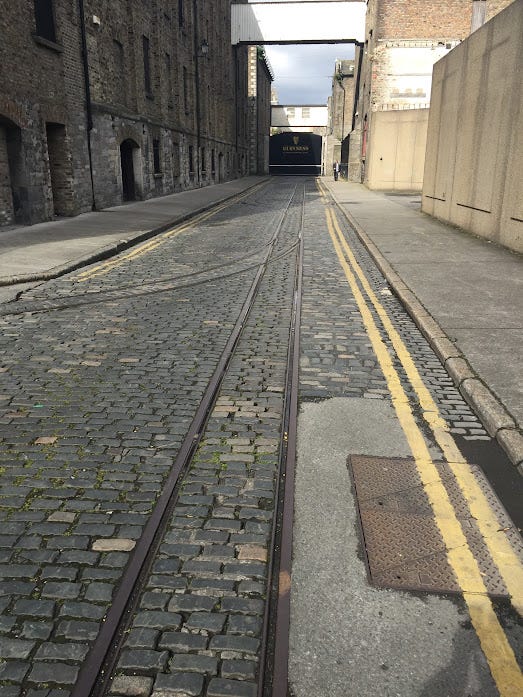
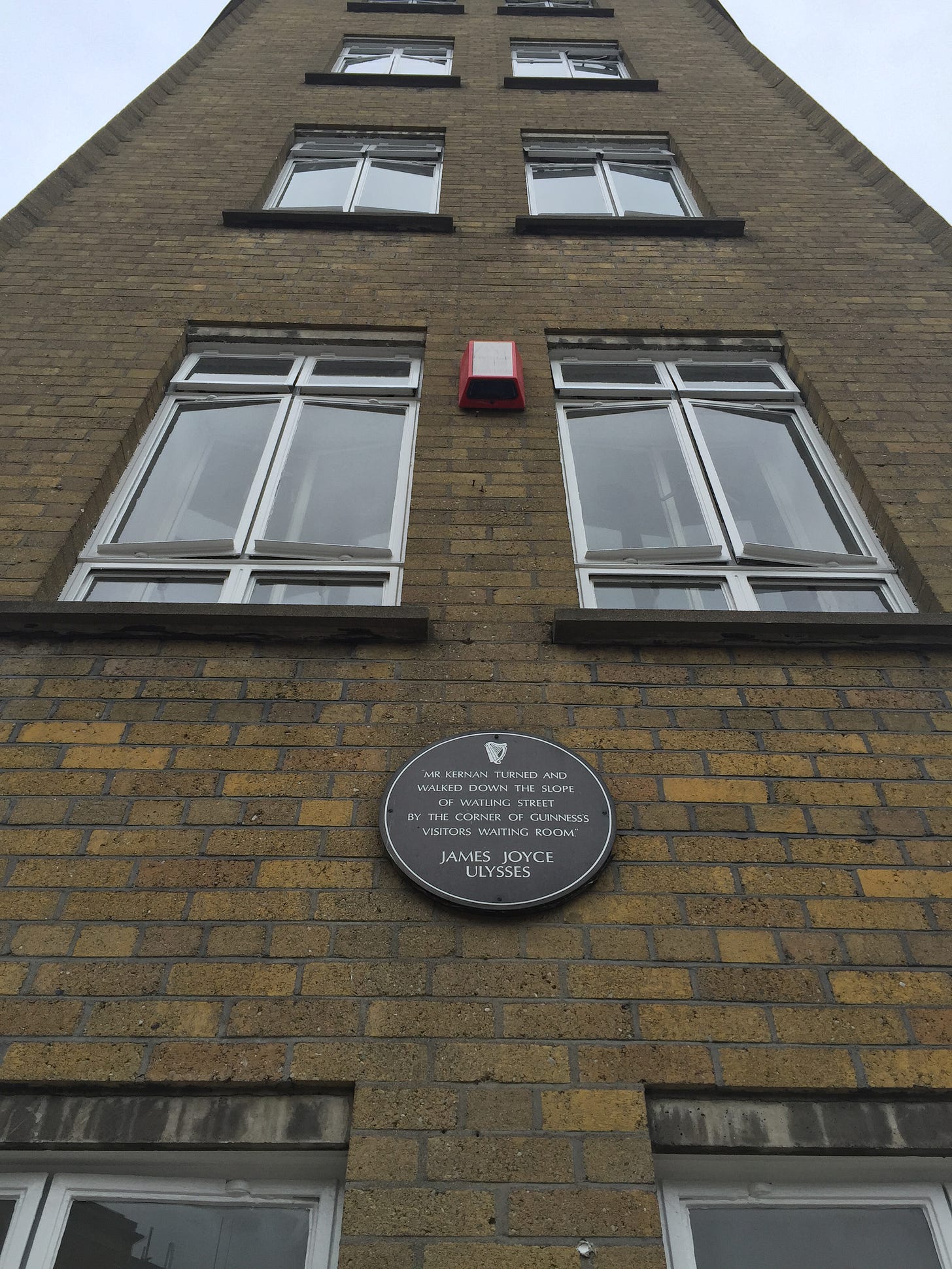
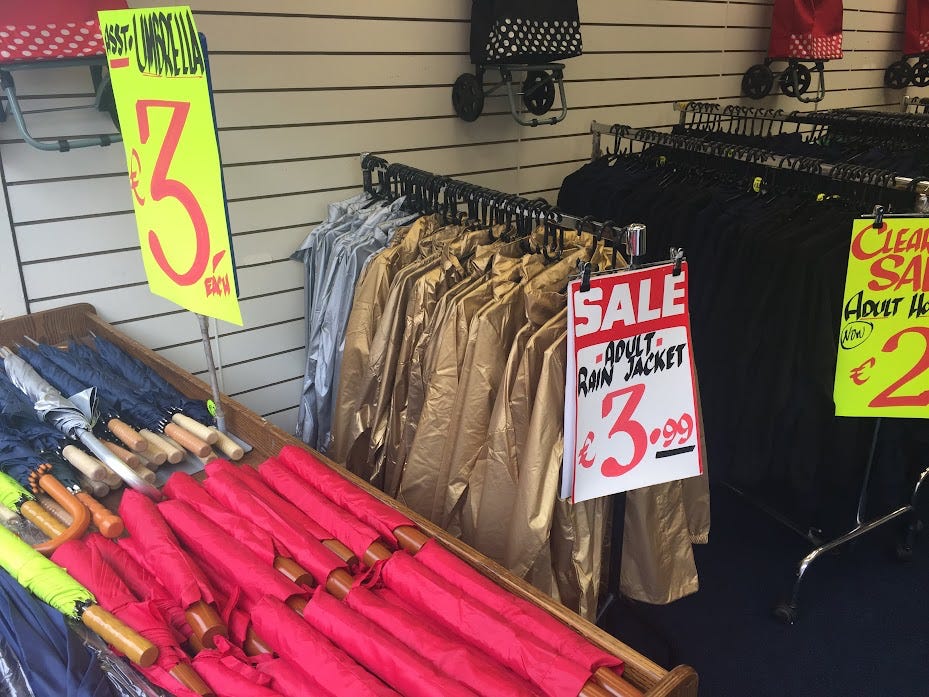
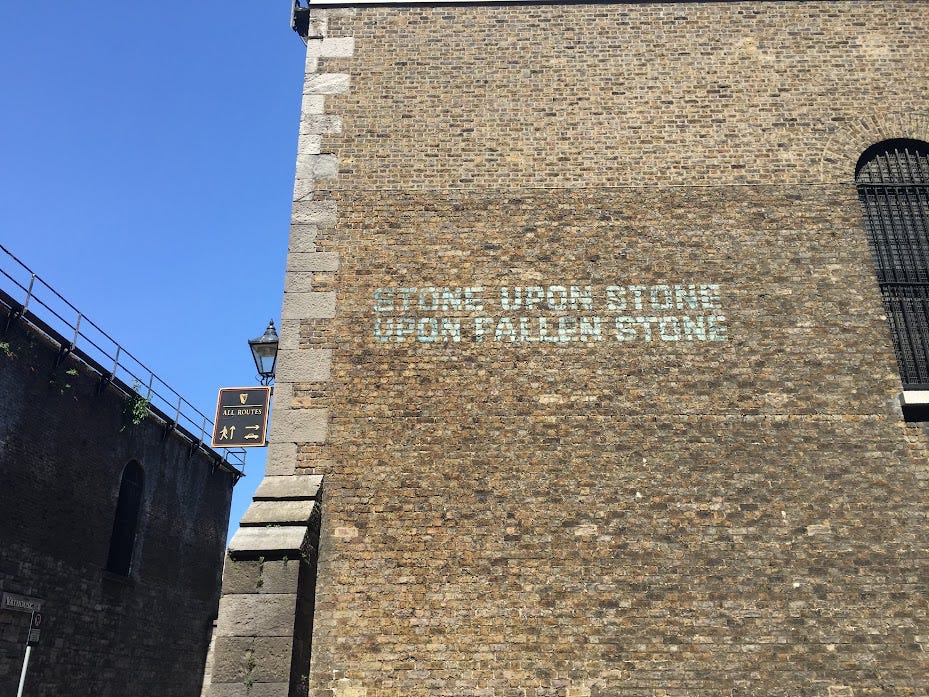
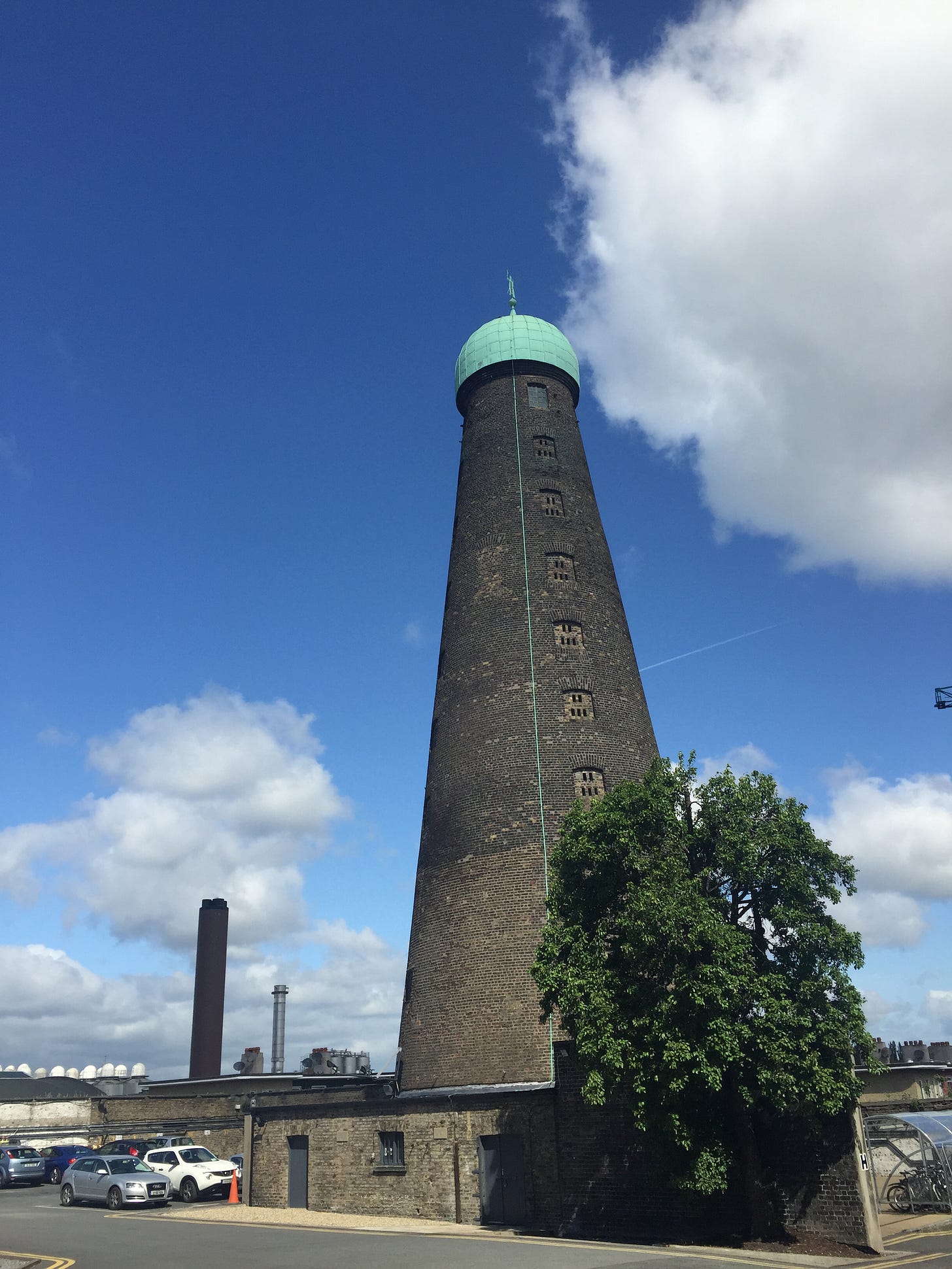

Wow, very different feel to this one, almost like a travel log. I like it!